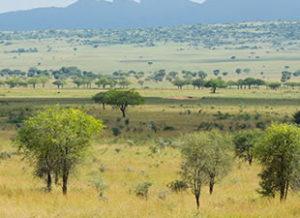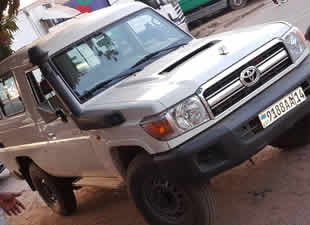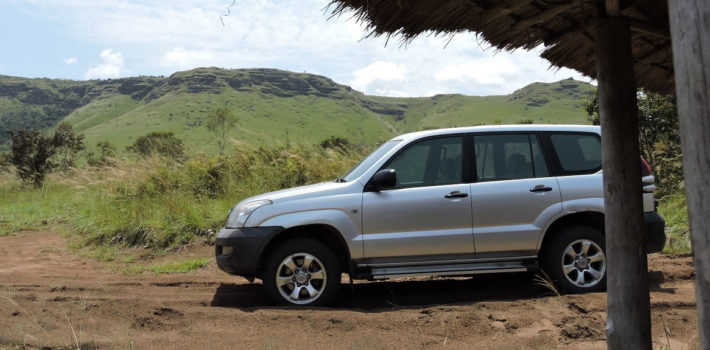National Parks of Uganda Opened to visit – Car Rental & Self-drive in Uganda.
Uganda has 10 National Parks, which are managed by The Ugandan Wildlife Authority. Each park has its own unique features, making all of them worth a visit.
Uganda Wildlife Authority has opened the tourism national parks to be visited by Local travelers and the ministry of health developed the SOPs to be followed by hotel owners when dealing with clients that visit the parks for touring and watching the wildlife.
All Opened national parks exclude the homes for Primates like Bwindi, Mgahinga, Kibale forest and the park still maintain that Primate Watching is not open for a visit.
See the Top 7 National Parks to visit in Uganda.
Queen Elizabeth National Park
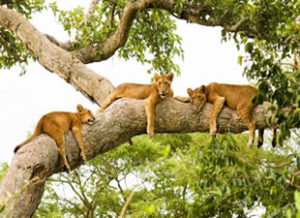 Queen Elizabeth National Park occupies an estimated 1,978 square kilometers (764 sq mi). The park extends from Lake George in the north-east to Lake Edward in the south-west and includes the Kazinga Channel connecting the two lakes.
Queen Elizabeth National Park occupies an estimated 1,978 square kilometers (764 sq mi). The park extends from Lake George in the north-east to Lake Edward in the south-west and includes the Kazinga Channel connecting the two lakes.
Queen Elizabeth National Park is known for its wildlife, including African buffalo, Ugandan kob, hippopotamus, Nile crocodile, African bush elephant, African leopard, lion, and chimpanzee. It is home to 95 mammal species and over 500 bird species. The area around Ishasha in Rukungiri District is famous for its tree-climbing lions, whose males sport black manes. Poachers killed six elephants in the park in 2015, triggering both anger and frustration within the Ugandan conservation community. Read More
Murchison Falls National Park
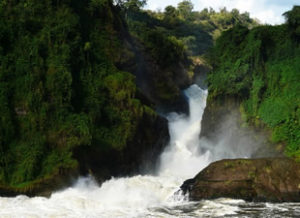 MFNP is Uganda’s largest national park and popular for Uganda Safaris. It measures approximately 3,893 square kilometers. The park is bisected by the Victoria Nile from east to west for a distance of about 115 kilometers. The park is the location of the Murchison Falls, where the waters of the Nile flow through a narrow gorge only 7 meters wide before plunging 43 meters. Also in the park, adjacent to the Masindi-Gulu Highway, are the Karuma Falls, the location of the 600 megawatts Karuma Power Station, which will be Uganda’s largest power station when it comes online circa 2018. MFCA and the adjacent Bugondo Forest Reserve have 76 species of mammals as well as Uganda’s largest population of Nile crocodiles. 450 bird species are present ranging from an easy variety of waterbirds, including the rare shoe-billed stork, Budongo’s 59 “restricted-range” species, dwarf kingfisher, Goliath heron, white-thighed hornbill, and great blue turaco. Read More
MFNP is Uganda’s largest national park and popular for Uganda Safaris. It measures approximately 3,893 square kilometers. The park is bisected by the Victoria Nile from east to west for a distance of about 115 kilometers. The park is the location of the Murchison Falls, where the waters of the Nile flow through a narrow gorge only 7 meters wide before plunging 43 meters. Also in the park, adjacent to the Masindi-Gulu Highway, are the Karuma Falls, the location of the 600 megawatts Karuma Power Station, which will be Uganda’s largest power station when it comes online circa 2018. MFCA and the adjacent Bugondo Forest Reserve have 76 species of mammals as well as Uganda’s largest population of Nile crocodiles. 450 bird species are present ranging from an easy variety of waterbirds, including the rare shoe-billed stork, Budongo’s 59 “restricted-range” species, dwarf kingfisher, Goliath heron, white-thighed hornbill, and great blue turaco. Read More
Lake Mburo National Park
Lake Mburo National Park is located in Kiruhura District in the Western Region of Uganda. The park has a variety of animals such as zebra, hippopotamus, impala, warthog, common eland, African buffalo, jackal, African leopard, and over three hundred bird species. At 260 square kilometers, the park is the smallest of Uganda’s savannah national parks.
Kidepo Valley National Park
Kidepo Valley National Park is a 1,442 square kilometers national park in the Karamoja region in northeast Uganda. K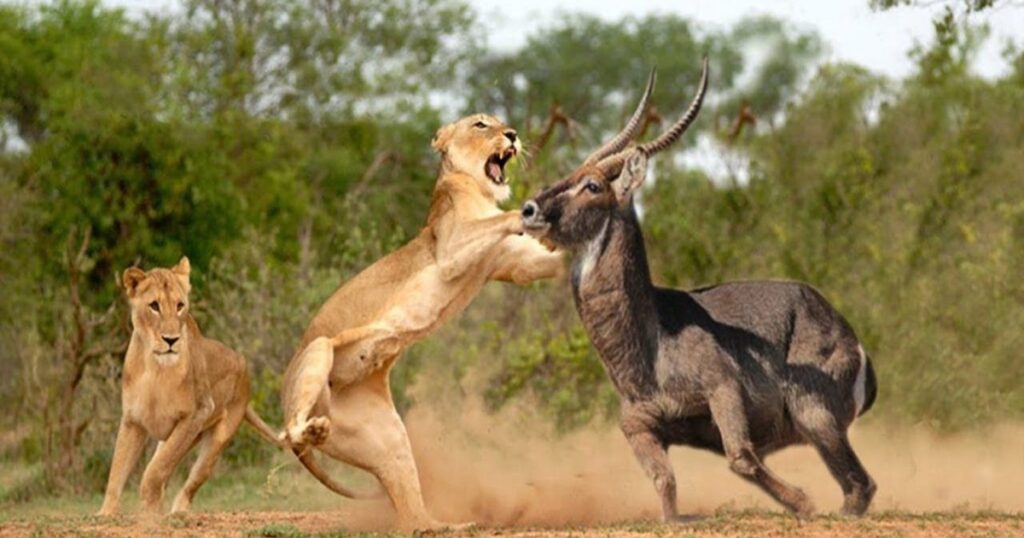 idepo is rugged savannah, dominated by the 2,750 meters Mount Morungole and transected by the Kidepo and Narus rivers. The park hosts over 86 mammal species including spotted hyena, lion, cheetah, leopard, wild dog, elephant, giraffe, zebra, African buffalo, bat-eared foxes, Rothschild’s giraffe — as well as almost 500 bird species. Read More
idepo is rugged savannah, dominated by the 2,750 meters Mount Morungole and transected by the Kidepo and Narus rivers. The park hosts over 86 mammal species including spotted hyena, lion, cheetah, leopard, wild dog, elephant, giraffe, zebra, African buffalo, bat-eared foxes, Rothschild’s giraffe — as well as almost 500 bird species. Read More
Mount Elgon National Park
Mount Elgon National Park is a national park 140 kilometers northeast of Lake Victoria. The park covers an area of 1,279 square kilometers and is bisected by the border of Kenya and Uganda. The Ugandan part of the park covers 1,110 km2 while the Kenyan part covers 169 km2 (65 sq mi). The Kenyan part of the park was gazetted in 1968, the Ugandan part in 1992. Elephants and buffalo can be found on the lower slopes. The park is also home to a variety of small antelope and duiker, as well as forest monkeys, including the black-and-white colobus and blue monkey, red-tailed monkey. Mount Elgon is home to at least 144 bird species. Of particular interest are Jackson’s francolin, the eastern bronze-naped pigeon, Hartlaub’s turaco, the Tacazze sunbird, and the endangered lammergeier, due to their restricted range.
Semuliki National Park
Semuliki National Park is located in Bwamba County, a remote part of the Bundibugyo District, in the Western Region of Uganda. It was made a national park in October 1993 and is one of Uganda’s newest national parks. 194 km2 of East Africa’s only lowland tropical rainforest is found in the park. The park has more than 400 bird species, for example, the lyre-tailed honeyguide. 216 of these species with 66 of the species being true forest birds, including the rare Forest Ground Thrush and Sassi’s Olive Greenbul. 9 species of hornbills have been recorded in the park.
Rwenzori Mountains National Park
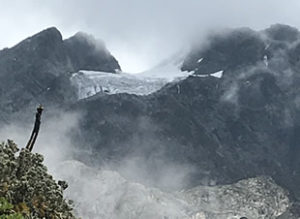 Rwenzori Mountains National Park is a Ugandan national park and UNESCO World Heritage Site located in the Rwenzori Mountains. Almost 1,000 km2 in size, the park has Africa’s third highest mountain peak and many waterfalls, lakes, and glaciers. The park includes most of the central and eastern half of the Rwenzori Mountains, a mountain range rising above dry plains located just north of the equator. Those mountains are higher than the Alps and are ice-capped. Mount Stanley is located in the park. Margherita Peak, one of Mount Stanley’s twin summits, is Africa’s third highest peak with a height of 5,109 meters. Africa’s fourth and fifth highest peaks (Mount Speke and Mount Baker) are also located in the park. The park has glaciers, snowfields, waterfalls, and lakes and is one of Africa’s most beautiful mountain areas. Read More
Rwenzori Mountains National Park is a Ugandan national park and UNESCO World Heritage Site located in the Rwenzori Mountains. Almost 1,000 km2 in size, the park has Africa’s third highest mountain peak and many waterfalls, lakes, and glaciers. The park includes most of the central and eastern half of the Rwenzori Mountains, a mountain range rising above dry plains located just north of the equator. Those mountains are higher than the Alps and are ice-capped. Mount Stanley is located in the park. Margherita Peak, one of Mount Stanley’s twin summits, is Africa’s third highest peak with a height of 5,109 meters. Africa’s fourth and fifth highest peaks (Mount Speke and Mount Baker) are also located in the park. The park has glaciers, snowfields, waterfalls, and lakes and is one of Africa’s most beautiful mountain areas. Read More

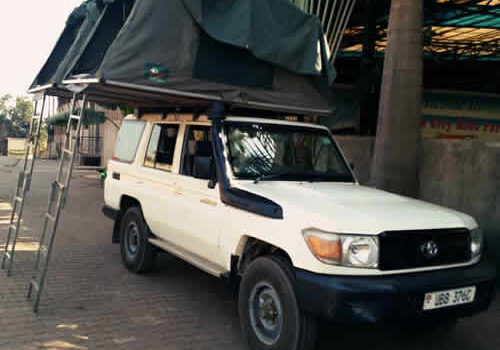
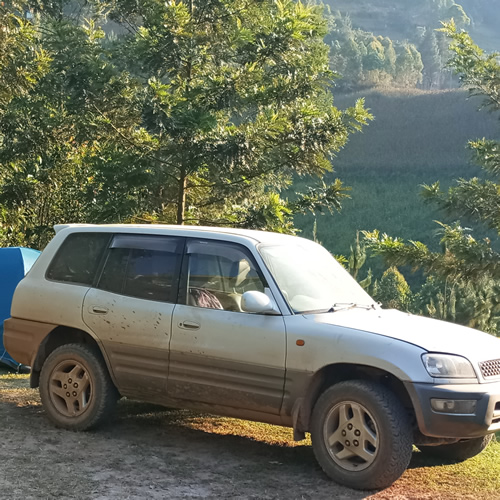
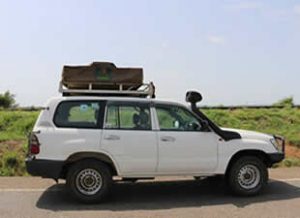 Driving is on the left-hand side in EastAfrica., there are countries that drive on the left hand and those are Uganda, Rwanda Kenya, and Tanzania yet for Rwanda, South Sudan & Burundi they drive on the right hand. However, clients going to drive along Lake Victoria will only pass through the left-hand countries.
Driving is on the left-hand side in EastAfrica., there are countries that drive on the left hand and those are Uganda, Rwanda Kenya, and Tanzania yet for Rwanda, South Sudan & Burundi they drive on the right hand. However, clients going to drive along Lake Victoria will only pass through the left-hand countries.

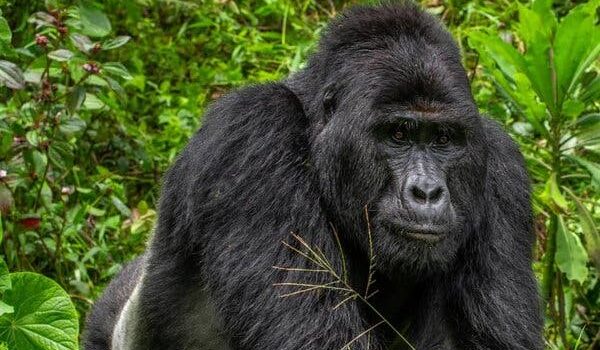
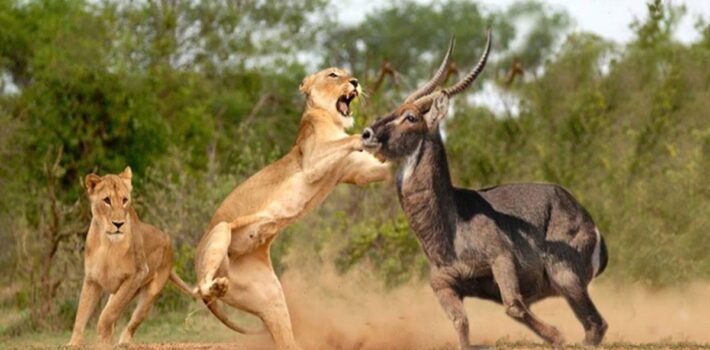
 Queen Elizabeth National Park occupies an estimated 1,978 square kilometers (764 sq mi). The park extends from Lake George in the north-east to Lake Edward in the south-west and includes the Kazinga Channel connecting the two lakes.
Queen Elizabeth National Park occupies an estimated 1,978 square kilometers (764 sq mi). The park extends from Lake George in the north-east to Lake Edward in the south-west and includes the Kazinga Channel connecting the two lakes. MFNP is Uganda’s largest national park and popular for
MFNP is Uganda’s largest national park and popular for  idepo is rugged savannah, dominated by the 2,750 meters Mount Morungole and transected by the Kidepo and Narus rivers. The park hosts over 86 mammal species including spotted hyena, lion, cheetah, leopard, wild dog, elephant, giraffe, zebra, African buffalo, bat-eared foxes, Rothschild’s giraffe — as well as almost 500 bird species.
idepo is rugged savannah, dominated by the 2,750 meters Mount Morungole and transected by the Kidepo and Narus rivers. The park hosts over 86 mammal species including spotted hyena, lion, cheetah, leopard, wild dog, elephant, giraffe, zebra, African buffalo, bat-eared foxes, Rothschild’s giraffe — as well as almost 500 bird species.  Rwenzori Mountains National Park is a Ugandan national park and UNESCO World Heritage Site located in the Rwenzori Mountains. Almost 1,000 km2 in size, the park has Africa’s third highest mountain peak and many waterfalls, lakes, and glaciers. The park includes most of the central and eastern half of the Rwenzori Mountains, a mountain range rising above dry plains located just north of the equator. Those mountains are higher than the Alps and are ice-capped. Mount Stanley is located in the park. Margherita Peak, one of Mount Stanley’s twin summits, is Africa’s third highest peak with a height of 5,109 meters. Africa’s fourth and fifth highest peaks (Mount Speke and Mount Baker) are also located in the park. The park has glaciers, snowfields, waterfalls, and lakes and is one of Africa’s most beautiful mountain areas.
Rwenzori Mountains National Park is a Ugandan national park and UNESCO World Heritage Site located in the Rwenzori Mountains. Almost 1,000 km2 in size, the park has Africa’s third highest mountain peak and many waterfalls, lakes, and glaciers. The park includes most of the central and eastern half of the Rwenzori Mountains, a mountain range rising above dry plains located just north of the equator. Those mountains are higher than the Alps and are ice-capped. Mount Stanley is located in the park. Margherita Peak, one of Mount Stanley’s twin summits, is Africa’s third highest peak with a height of 5,109 meters. Africa’s fourth and fifth highest peaks (Mount Speke and Mount Baker) are also located in the park. The park has glaciers, snowfields, waterfalls, and lakes and is one of Africa’s most beautiful mountain areas. 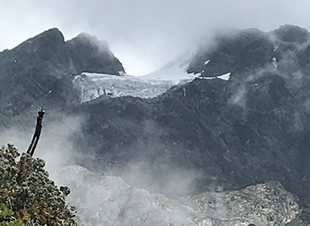
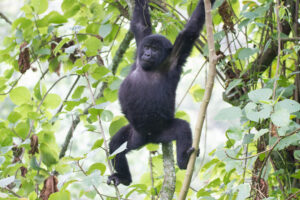 of man. Do not miss seeing them going about their lives, you will be surprised at the level of their intelligence, organizational skills, and social life. These wonderful creatures dwell in the great forest of Bwindi and Mgahinga., beautiful Virunga mountains of Rwanda and Congo. Did you know they have territories and territorial leaders? Did you know these territorial leaders also submit to one overall leader? Amazing, isn’t it? Have a chance to witness more than this Miss at your own risk, do not say I did not warn.
of man. Do not miss seeing them going about their lives, you will be surprised at the level of their intelligence, organizational skills, and social life. These wonderful creatures dwell in the great forest of Bwindi and Mgahinga., beautiful Virunga mountains of Rwanda and Congo. Did you know they have territories and territorial leaders? Did you know these territorial leaders also submit to one overall leader? Amazing, isn’t it? Have a chance to witness more than this Miss at your own risk, do not say I did not warn.